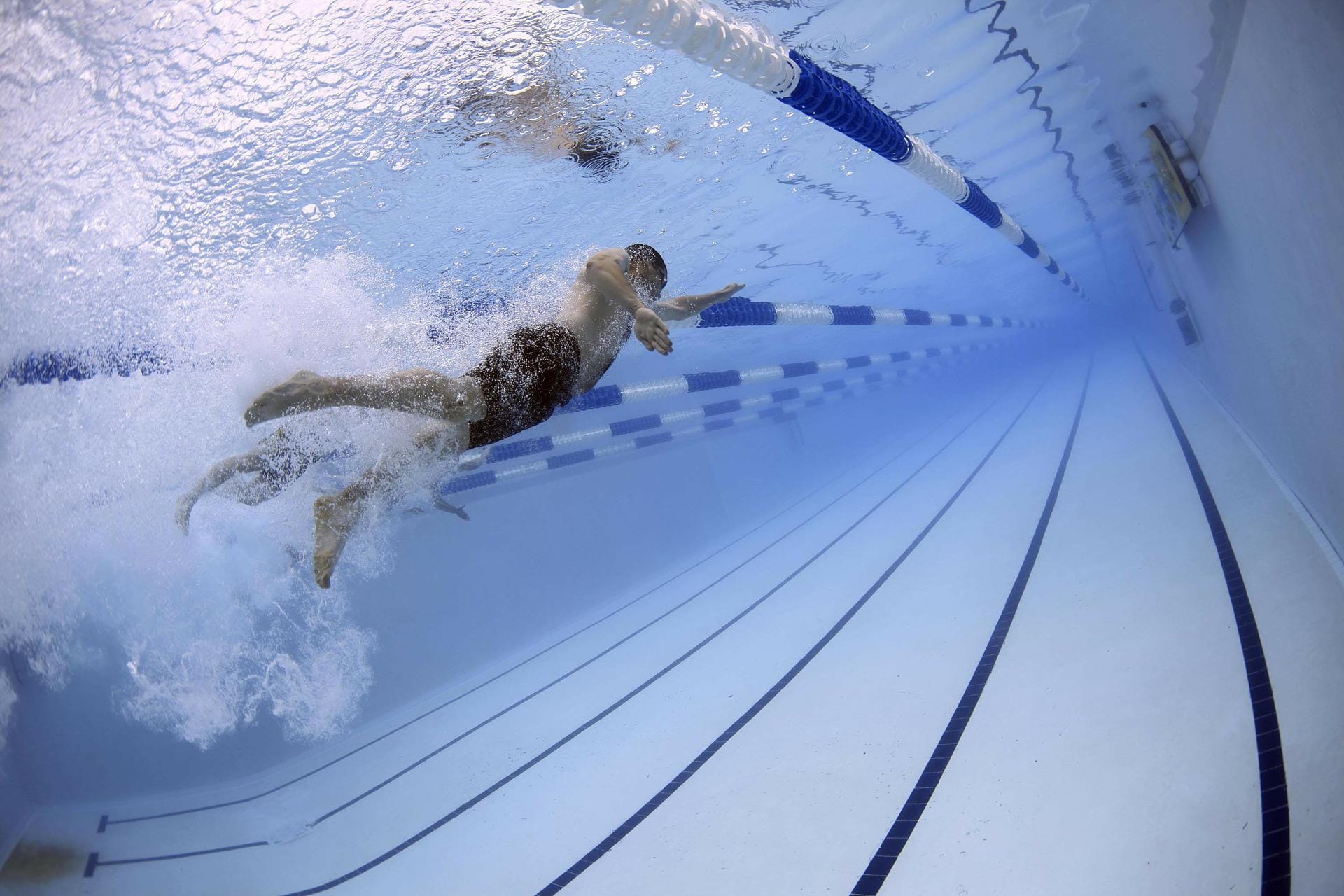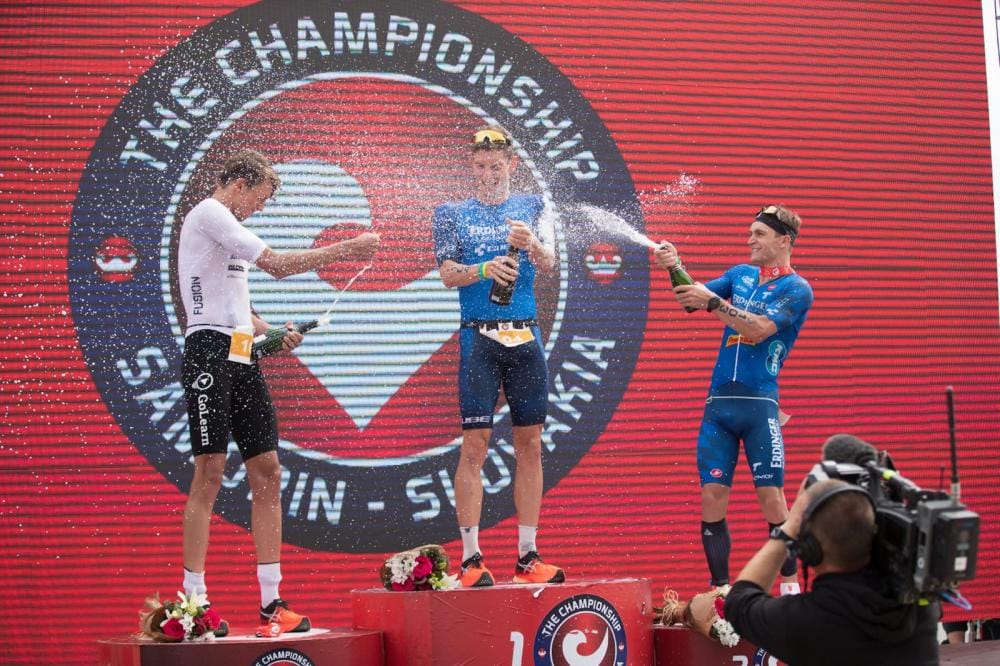Drills are the key to improve your technique. Do your drills and your skills will get better, right? Unfortunately, performing drills will not necessarily improve your technique. However, if you organize the practice of drills and freestyle swimming in a systematic way, drills CAN make a positive impact on your freestyle, often a dramatic one.
The value in drills is that they can ‘push’ a triathlete towards different ways of moving. Drills can open the door to change by helping you feel and experience new ways of swimming. They help you feel new ways of moving you were previously unaware of. However, you need to step through the door to create actual change. In other words, you need to take the sensations you feel during the drills and actually apply them when your swimming freestyle. If you can’t do that, then the drills aren’t going to do anything for you!
To take advantage of this phenomenon, you need to plan your drill work to be paired with freestyle swimming. There are several strategies that effectively combine both activities. I’m going to describe each of those strategies below, as well as provide a couple sample sets to illustrate the concepts.
For all of the sets below, I am going to use the drill Paddle Cap Freestyle to illustrate the concept. Once you understand the principles, you can substitute your favorite drill or drills. Further you can modify the structure of the sets to meet your needs. Add more or less drilling or freestyle swimming based upon what you need. Just remember the key idea- open the door and then walk through it!
Alternating Sets. With this set-up, you’re going to perform a series of drills, then a series of freestyle swims. You perform all of the drill work and then all of the full stroke swimming. The advantage of this approach is that you get a lot of concentrated focus on the drills and then the freestyle swimming. The downside is while you may ‘open the door’ really wide, the door starts to close over time as you get further and further away from the drill. When you’re first learning the drill, this can be a great strategy as it allows for concentrated focus. However, it’s not as effectively for transferring what you learn into freestyle. As such, this is a solid strategy when starting out with a new drill or skill.
Sample Sets
10×25 Paddle Cap Freestyle + 10×50 Freestyle
4×75 Paddle Cap Freestyle + 6×125 Freestyle
Alternating Repetitions. This approach differs from the first strategy in that there is a constant and consistent switch between performing the drill and performing freestyle. The benefit here is that you get a lot more opportunities to ‘open the door’, and then step through it. Every time you perform the drill, you’re providing an opportunity to swim in a new way. You’re then immediately following up that drill with freestyle swimming where you attempt to incorporate those new sensations that you were exposed to during the drill.
The potential downside to this strategy is that it can be frustrating at first because you’re always changing what you’re doing, making it harder to get into a groove. However, this frustration is actually a positive outcome as it indicates you are learning. Learning comes from struggle.
Sample Sets
20×50 ODD Paddle Cap Freestyle EVEN Freestyle
Repeat 12 times
25 Paddle Cap Freestyle
50 Freestyle
Within Repetition. This strategy takes the previous one to the next level. Now, instead of taking a break between repetitions, you’re going to move directly from the drill to freestyle swimming. You can either make this transition once within each repetition (see the 1st example), or you can make this transition multiple times (see the 2nd example). The benefit is that there is an immediately transition from drill to skill. This can help some swimmers transfer what they’re experiencing during the drill into freestyle. This strategy is REALLY effective when used for longer swims with a focus on building endurance. It allows you to do some extended swimming while still getting technical reminders throughout.
Sample Sets
10×150 as 50 Paddle Cap Freestyle/100 Freestyle
4×300 as 25 Paddle Cap Freestyle/50 Freestyle
Progression Over Time
When starting out, you want to perform a lot more repetitions of the drill relative to freestyle swimming. You need to spend some time learning how to do the drill, and you want to get the door open as wide as possible. Then you take a shot at executing the skills during regular freestyle. Over time, it will take a lot less work to ‘groove’ the skills with the drill, and you’ll need more time practicing making it happen during freestyle. As a result, there is a lot more freestyle swimming compared to the drill work.
Below is an example of how a set could progress over time. As you can see, there is a lot more drill work to start relative to the swimming. Later on, there is a lot more swimming relative to the drill work. Of course, you can write completely different sets while still respecting the same basic process of shifting the proportions of drill work to freestyle.
Initial SetRepeat 4 times
4×50 Paddle Cap Freestyle
1×50 Freestyle
Later SetRepeat 4 times
1×50 Paddle Cap Freestyle
4×50 Freestyle
OR
Repeat 4 times
1×50 Paddle Cap Freestyle
1×200 Freestyle
Make the Most of the Tool at Hand
Drills can be a powerful tool for change, IF they are used to directly enhance your freestyle swimming. Simply performing the drills is not enough. They need to be integrated in a thoughtful manner with your actual freestyle swimming. Drill open the door. You need to step through the door by swimming freestyle, and focusing executing the skills in the way the drills showed you was possible. Use drills in a systematic way, and you’ll find that your freestyle improves faster than you thought possible.







